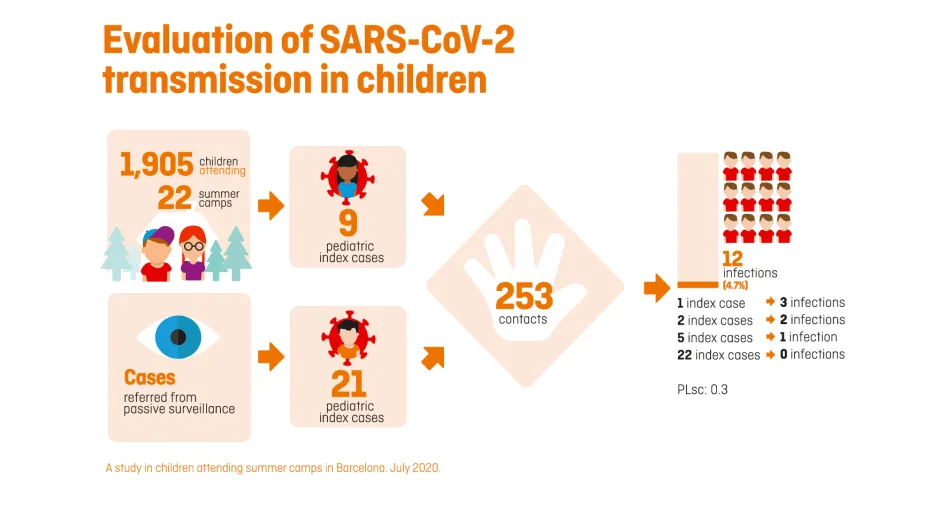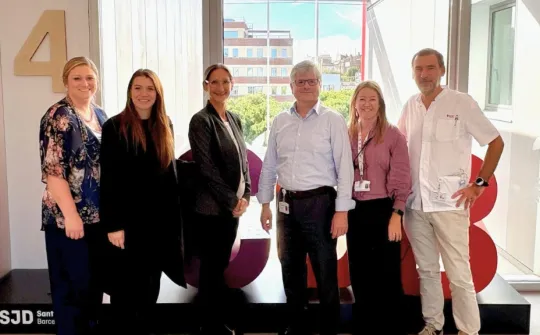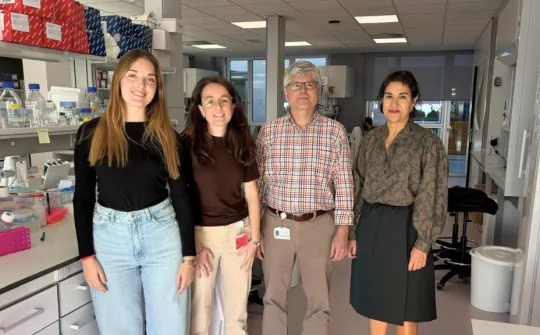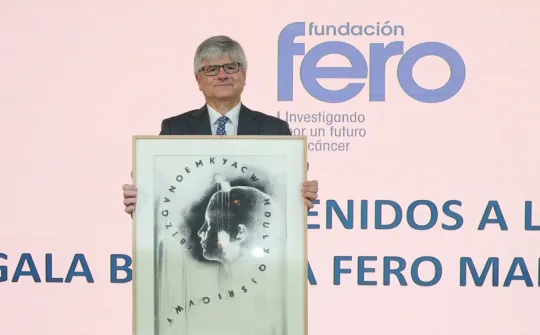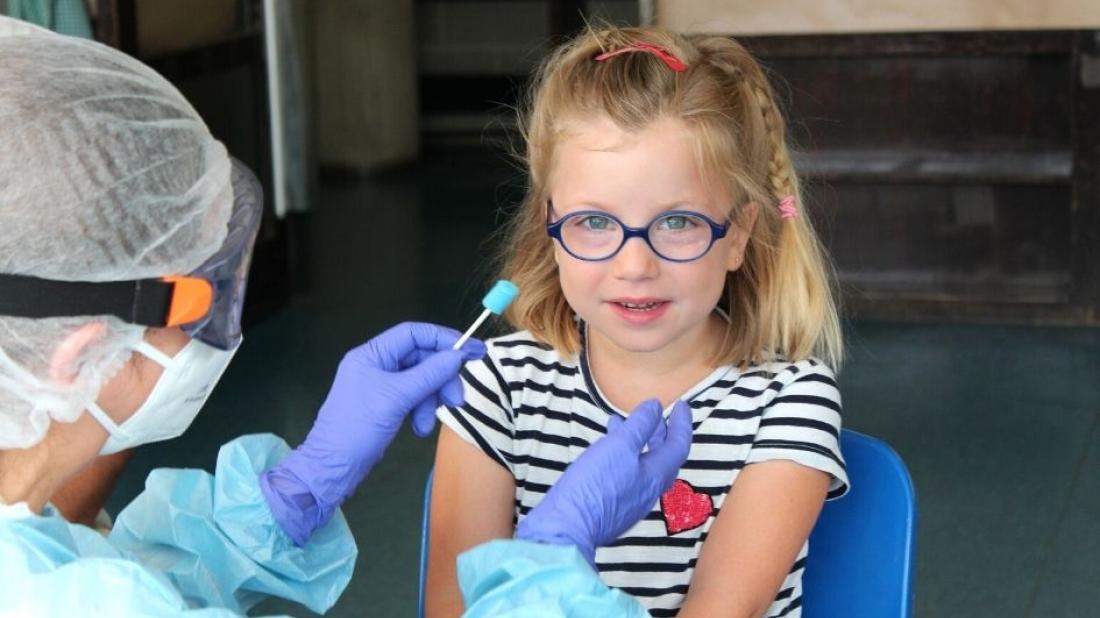
The distribution of children into bubble groups has been shown to be effective in containing the transmission of the infection and in avoiding the closure of camps.
The Kids Corona platform, launched by the SJD Barcelona Children’s Hospital in April, continues to provide answers to better understand the incidence, impact and transmission capacity of COVID-19 in children and pregnant women.
After publishing the preliminary results on the propensity of children to be infected and symptoms experienced by the paediatric population last June, it is now in a position to provide data on their ability to transmit the disease.
To answer this question, the SJD Barcelona Children’s Hospital conducted a five-week research study in 22 summer camps in the Barcelona area, systematically collecting samples from 1,905 participants who have taken part in activities in a school-like environment.
In addition, other cohabiting groups from other camps in which one of the children or the monitor had been diagnosed with COVID-19 were also studied, reaching more than 2,000 study participants.
This is one of the largest studies to have been carried out worldwide to answer the question: how do children transmit the SARS-CoV-2 Coronavirus to other minors or to adults?
The initiative was funded by substantial private donations, required the deployment of a team of more than 60 professionals and was designed and monitored by several national and international experts, including the BIOCOMSC [Computational Biology and Complex Systems] of the Polytechnic University of Catalonia (UPC), the Barcelona Institute for Global Health (ISGlobal) and the Centre for Genomic Regulation.
In addition, it was conducted in coordination with the Department of Health of the Government of Catalonia (Spain), following its line of action regarding COVID-19 and children.
Local empirical reproduction number of 0.3
Over the five weeks, the research project identified a total of 39 index cases (new onset): 30 children and 9 monitors. The 30 paediatric cases came into contact with 253 children during the camps (belonging to their bubble groups), 12 of which (4.7%) were infected (secondary positives), which represents a local reproduction number (R) of 0.3. This rate is almost six times lower than that of the general population at the time of the study (1.7 to 2) in the areas where the camps were held, measured by the reproduction number (R).
Most of the paediatric index cases (22) detected did not transmit any infection in the camps. Five index cases transmitted the infection to one contact, two to two contacts and one to three contacts.
The activities took place in a school-like environment, implementing basic risk containment measures: frequent hand washing, small bubble groups, use of a mask and primarily outdoor activities.
Regarding the ages of the children analysed, it should be stressed that, in this study, the younger children (under 12 years of age) were found to have the same propensity to transmit the disease as the older children (13 to 17 years).
Effectiveness of bubble groups to contain the transmission of COVID-19
According to Iolanda Jordan, the study's principal investigator, "The distribution of boys and girls into bubble groups, as was the case in the summer camps, has been shown to be an effective way of containing the transmission of the infection, facilitating the traceability of contacts and allowing selective quarantine", who added that "This does not preclude a system with larger groups from functioning properly".
She also highlights that washing one's hands correctly, five or more times a day, has been associated with a decrease in disease transmission.
Finally, the study shows that there is a high correlation between the incidence of infection in the general population and the number of index cases detected in centres in the same area, which suggests that participants in summer activities have not been great transmitters of the disease and that proactive screening in high incidence areas can be very effective.
Saliva-based PCR tests are reliable and well accepted
Regarding the tests performed on the participants in these camps, it is important to recognise that the saliva-based PCR tests are reliable and more broadly accepted than the nasopharyngeal tests.
This is especially relevant for people who need to be tested often, and particularly for children.
According to Iolanda Jordan, "our job, in short, is to help schools open in September in a safe and controlled manner, applying measures such as those that have been implemented in summer camps, with bubblegroups, the use of a masks and frequent hand washing." She also states that "in this way, it will be possible to keep infection transmission at very low levels, and to guarantee the normal functioning of the majority of schools."
Study limitations
The investigators stress that this research project has a number of limitations when extrapolating its results. They emphasise that the follow-up period was very short (five weeks) and that the results come from PCR tests, but that the serological tests, which could give rise to some variation, are still pending. Contacts have also been followed up clinically to detect possible false negatives.
It should also be taken into account that most of the activities in the camps were performed outdoors with small groups, so that the results cannot be directly extrapolated to other conditions.
Previous studies on the incidence and impact of COVID-19
In April and May, investigators from the Kids Corona platform investigated the incidence and impact of COVID-19 in children and pregnant women. They studied 411 families, with a total of 724 children, in which at least one of the parents had had the disease.
They also analysed the cases of children being treated at the SJD Barcelona Children’s Hospital with a confirmed diagnosis of COVID-19 or symptoms consistent with this disease, together with pregnant women treated at SJD, Hospital Sant Pau and Hospital Clínic from Barcelona.
The serological tests performed in these households revealed that 17.5% of children living with a parent with COVID-19 had also contracted the virus. This percentage is very similar to that found in adults who have been in contact with an infected partner (18.9%).
This led the investigators to conclude that, when exposed to a source of infection, children are infected at the same rate as adults. However, the disease is much milder in children than in adults, since over 99% of minors showed no symptoms, or if they did, they were insignificant.
The investigators also analysed 874 pregnant women and concluded that women infected during the first trimester (54 women) had milder symptoms, with 70% of women being asymptomatic and 30% experiencing only mild symptoms. In contrast, of the pregnant women infected during the third trimester (71 women), there were fewer asymptomatic cases (52%), with 43.5% exhibiting mild symptoms and 4.5% with pneumonia.
Donations that have made the studies possible
All the studies promoted by the Kids Corona platform have been possible thanks to funding from civil society.
Worthy of mention is a €500,000 donation from the Fundación Barça, based on a grant from the Stavros Niarchos Foundation, and which is part of the long-term partnership between these institutions that began with the SJD Pediatric Cancer Center Barcelona project and which is once again underscored with the Kids Corona platform.
Mention must also be made of the €200,000 donated by Banco Santander.
The project has also received support from the Fundació Privada Nou Mil.leni, Villa Reyes, Fundación Carmen y Maria José Godó and Inmobiliaria Colonial, to name but a few.
Collaborating centres in the Kids Corona research projects
Partners
- Hospital Clínic.
- Hospital Sant Pau.
- BIOCOMSC from UPC.
- ISGlobal.
- Centre for Genomic Regulation (CRG).
- University of Barcelona.
- International University of Catalonia (UIC).
Fundació per al Foment de la Investigació Sanitària i Biomèdica de la Comunitat Valenciana (FISABIO).
Partnerships in paediatric research
- Meyer Children's University Hospital, Florence (Italy).
- Children's University Hospital Latvia, Riga (Latvia).
- Dr von Hauner Children's Hospital, Munich (Germany).
- Helsinki University Hospital (HUS), Helsinki (Finland).
- Schneider Children's Medical, Tel Aviv (Israel).
- Hospital pediátrico Niños de Acosta Ñu (Paraguay).
Partnerships in maternal/foetal research
- Helsinki CHUV Centre Hospitalier Universitaire Vaudois, Lausanne (Switzerland).
- Zelazna Medical Centre, Warsaw (Poland).
- Technical University of Munich (Germany).
- Fetalmedizin (Austria).
- The Institute for the Care of Mother and Child, Prague (Czech Republic).
- Federación Mexicana de Medicina MF/Medicina Fetal (Mexico).
- Kharkiv Medical Academy of Postgraduate Education, Kharkiv (Ukraine).
- Hospital Clínico Universitario de Chile (Chile).
- Hospital Italiano de Buenos Aires (Argentina).
- Institute of Clinical Sciences Lund (Skane, Malmö/Lund, Helsingborg) (Sweden).
- Mangiagalli Milano (Italy).
- Ospedale Parma (Italy).
- Ospedale Brescia (Italy).
- Sydney LHD (Australia).
Infographic Evaluation of the transmission of COVID-19 in children
